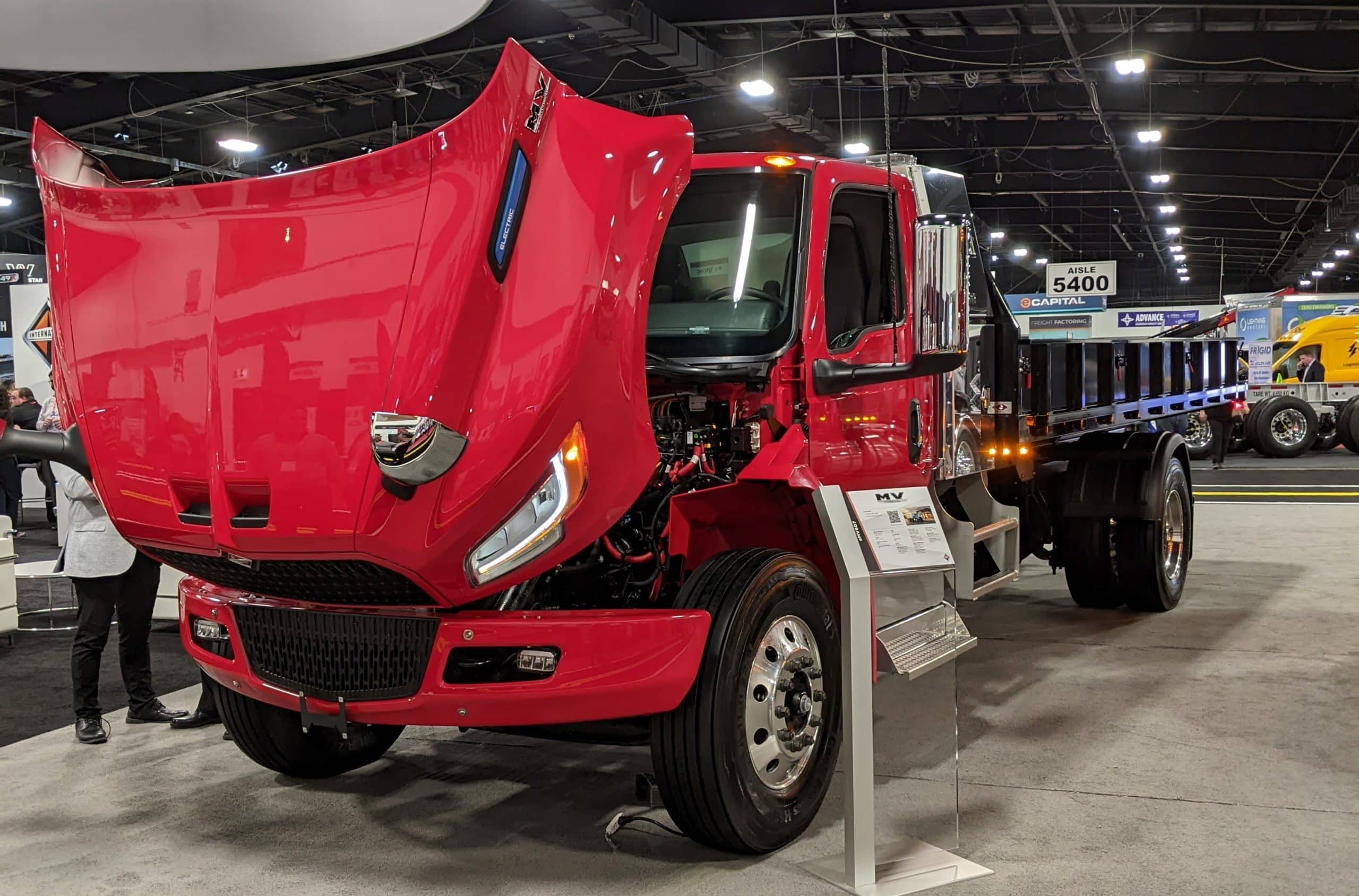As fleets across Canada increasingly adopt electric vehicles (EVs), understanding EV battery technology is essential for long-term operational success. This guide answers the most common EV battery-related questions for fleet managers — backed by fresh, trusted 2025 data — and explores how these advancements connect to EV charging infrastructure and sustainability goals.
What Types of EV Batteries Are Used in Commercial Vehicles?
Battery type determines EV range, cost, lifespan, and safety. Here’s what’s powering electric fleets in 2025:
- Lithium-ion (Li-ion) batteries dominate the market. Variants include lithium iron phosphate (LFP) for safety and durability, and nickel cobalt aluminum (NCA) and nickel cobalt manganese (NCM) chemistries for higher energy density and long-haul applications. Leading OEMs such as Tesla, Ford, and Stellantis are expanding LFP use for cost-efficiency, while others deploy NCA and NCM for performance demands (IEA Global EV Outlook 2025).
- Nickel-metal hydride (NiMH) batteries, once standard in hybrids, are now largely phased out in fleet EVs due to poor energy density and high cost.
- Lead-acid batteries remain in auxiliary roles (12V systems), not propulsion, because of short lifespan and limited cold-weather performance.
- Ultracapacitors often pair with Li-ion systems to deliver quick bursts of power during acceleration or regenerative braking.
- Emerging tech: solid-state batteries and sodium-ion batteries are in pilot use, especially for cold-weather applications and last-mile logistics.
How Far Can EV Batteries Take You?
For most commercial use cases, range anxiety is no longer a barrier.
Today, most electric trucks offer 300–500 km of real-world range, with long-haul models from Volvo, PACCAR, and Freightliner exceeding 600 km per charge.
In the NACFE “Run on Less – Electric DEPOT” study, more than 70% of vehicles completed their daily routes with 40–60% of battery range still remaining, demonstrating that today’s battery capacities comfortably exceed the needs of most commercial fleet operations.
Range performance is boosted by:
- Smart routing with telematics to minimize unnecessary energy use
- Regenerative braking that recovers 10–15% of energy
- Improved thermal management systems for weather resilience
- Overnight depot charging to ensure vehicles start the day at full capacity
How Long Do EV Batteries Last?
Battery longevity is central to total cost of ownership, and the 2025 outlook is strong. While most EV batteries are backed by warranties of 8 years or 160,000 km, fleet studies show they can often last 10–15 years when managed with proper charging practices.
Even with more resilient batteries, there are a few best practices for extending EV battery life:
- Keeping the battery state of charge between 20% and 80%
- Using AC charging as much as possible and only using DC fast charging when needed
- Preconditioning the battery by warming it up or cooling it down to the optimal operating temperature before driving or charging before driving in extreme temperatures to reduce thermal stress
Is Battery Supply Keeping Pace with Demand?
Yes. EV battery production is scaling rapidly across North America. Canada now hosts major gigafactories such as Volkswagen PowerCo in St. Thomas and Stellantis/LG Energy Solution in Windsor, plus new facilities in Bécancour.
The IEA Global Battery Outlook 2025 projects over 20 gigafactories in North America by 2026, reducing offshore dependency and strengthening EV battery supply chains.
What Happens to EV Batteries After Their First Life?
Far from being waste, used EV batteries play a key role in the circular battery economy. Canadian companies like Lithion Technologies and Li-Cycle (acquired by Glencore Plc in August 2025) recover up to 95% of critical materials, including nickel, lithium, cobalt, and graphite.
Many recycled EV batteries are repurposed for stationary energy storage, supporting renewable energy projects and replacing diesel generators in remote or industrial sites. The Nature study on global EV material flows estimates recycled content could meet 30% of global lithium demand and 80% of cobalt demand by 2030.
Do EV Batteries Reduce Emissions?
Yes — and often faster than expected. According to the ICCT’s 2025 lifecycle analysis, emissions from EV battery production are offset within the first months of operation for most use cases, depending on the duty cycle.
Over their lifespan, EVs emit 40–70% less CO₂ than diesel trucks, even when factoring in the grid mix. Combined with recycling and second-life battery use, this makes VÉ adoption a significant driver of corporate sustainability goals.
Final Word
In 2025, advances in EV battery technology, production capacity, and recycling are making the transition to electric fleets more practical, more sustainable and cost-effective than ever. With improved range, longer lifespans, and a growing North American supply chain, operators can plan for the future with confidence. At 7Gen, we help fleets choose the right battery solutions, deploy charging infrastructure, and build a roadmap for electrification that aligns operational performance with sustainability goals.

